IWC Portugieser Minute Repeater Reviewed by Tim Mosso
by Tim Mosso
The 1995 IWC Portugieser Minute Repeater was a breakthrough watch in more ways than one. It proved that IWC’s 1993 revival of its icon wasn’t a stunt and that the historic model family was back for good.
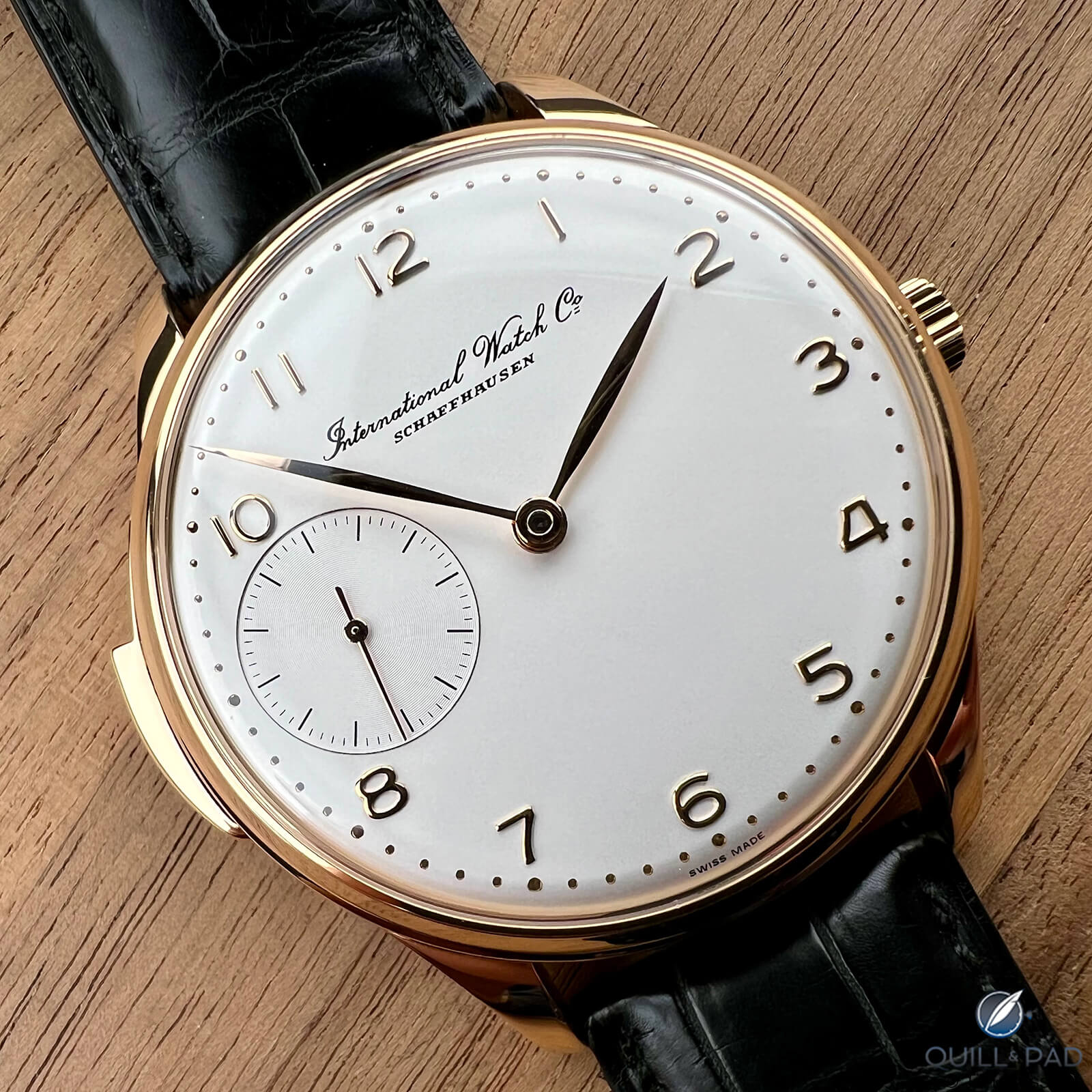
IWC Portugieser Minute Repeater
The Portugieser Minute Repeater made IWC a surprising power in the elite world of chiming watches. It commenced an upmarket march for the Portugieser that continues to this day. And it created a tantalizingly accessible path to repeater ownership for future generations of collectors.
It’s important to remember how fresh the IWC Portugieser felt in 1995. Prior to the anniversary reference 5441, a limited edition for IWC’s 1993 jubilee, the Portugieser was a rare watch.
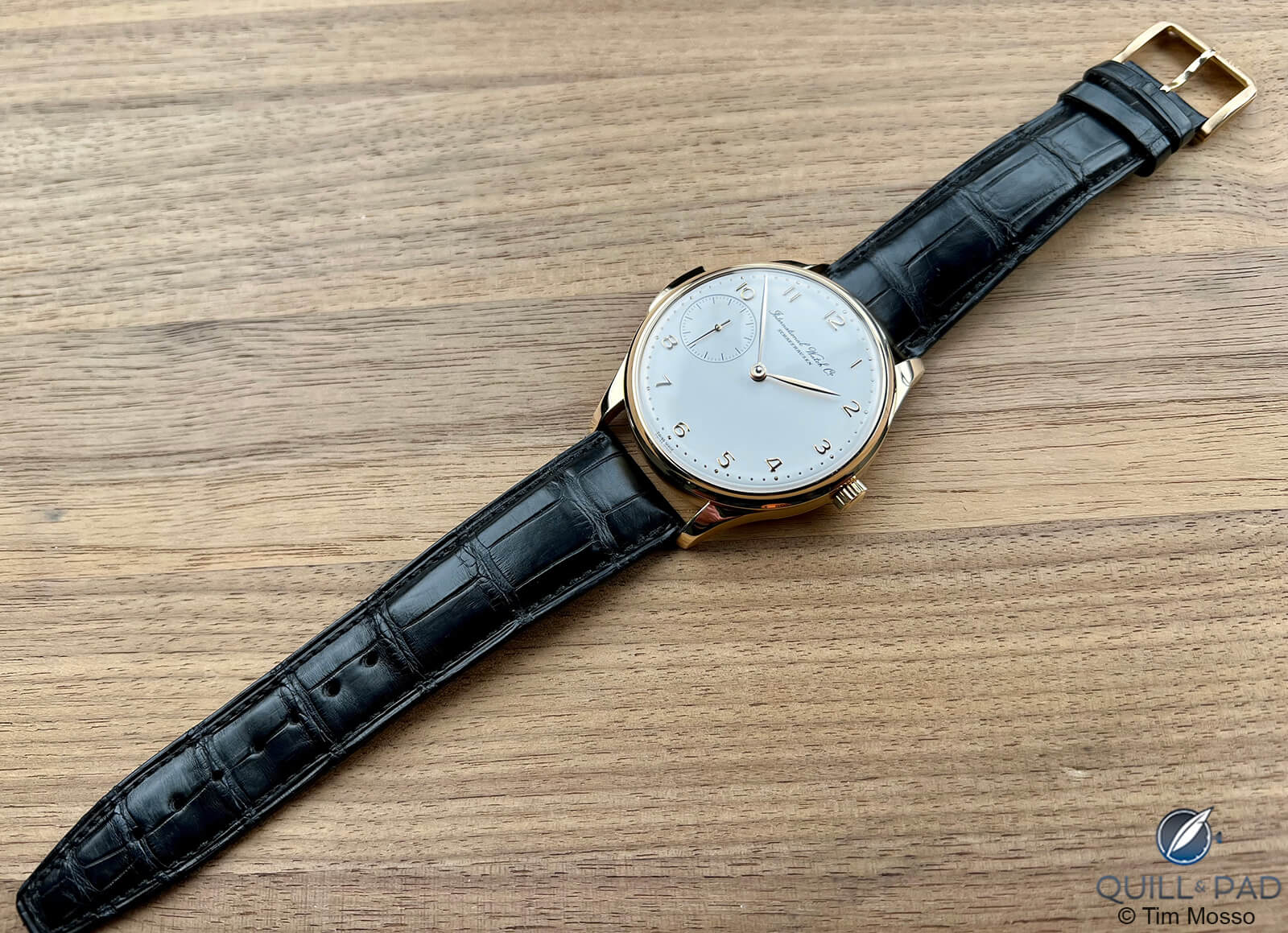
IWC Portugieser Minute Repeater
Although well known to IWC collectors and enthusiasts since it bowed as the reference 325 in 1939, the famously huge dress watch with the pocket watch movement was built in only a few hundred examples through the 1980s.
Having survived the Quartz Crisis and successfully launched both the Da Vinci Perpetual Calendar (1985) and Grande Complication (1990), IWC planned to revive its most famous watch for its upcoming 125th anniversary.
————————————————————————————————————–
—————————————————————————————————–
The limited-edition reference 5441 – 1,750 pieces in total – marked the first volume production of the Portugieser in its history. Also known as the anglicised “Portuguese”, the big watch proved too popular to consign to one-off status.
With a view to building out a full Portugieser model line, planning began for complications. Some, like 1998’s reference 3714 Chronograph, would become best-sellers. Others, like the 1995 Minute Repeater, were destined for prestige duty.
In early 1990s Switzerland, Patek Philippe and Gérald Genta – the brand – dominated the elite chiming watch segment. Only dozens of such watches issued from those maisons each year.
Even Patek Philippe had only begun to build chiming watches in earnest after its 150th anniversary collection launched in 1989. A few small masters such as Philippe Dufour, Christophe Claret, and a young F.P. Journe offered larger brands access to this knowledge on a contract basis. But the idea of building hundreds of minute repeaters was still a zany statement of ambition and nerve.
As it turned out, IWC needed help on this front, and it found what it needed in the late 1980s. Somewhere between the scale of the Patek and the piecemeal pace of Dufour, there was the partnership of Dominique Renaud and Giulio Papi. Not yet brought into the Audemars Piguet empire, the two young complications specialists worked with and for everybody from AP to Claret to Ulysse Nardin; IWC sought their counsel.
—————————————————————————————————–
—————————————————————————————————–
IWC’s statement watch of 1990 – the 3770 Grande Complication – married a high grade Valjoux 7750 chronograph with IWC’s Kurt Klaus perpetual calendar, and the (pre-AP) R&P team delivered a chiming system that could sit as a module atop the chronograph base but under the dial.
As a series-production watch, the Grande Comp gave IWC valuable experience building and integrating repeater modules; the same system capped 1993’s most bonkers watch, IWC’s “Il Destriero Scafusia.”
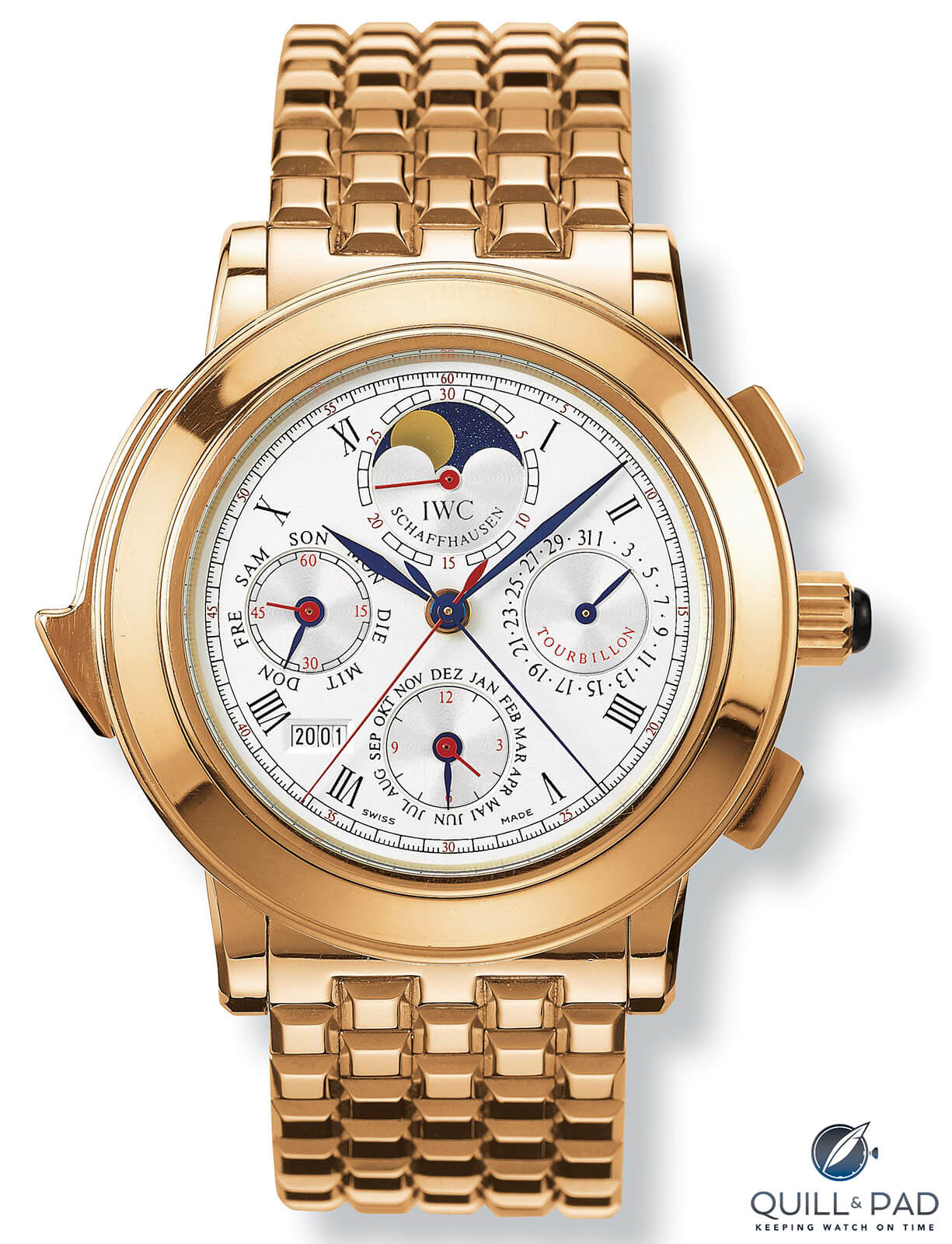
IWC Il Destriero Scafusia super complication
Essentially the Grande Complication plus a tourbillon and minus the automatic winding, the “Warhorse of Schaffhausen” was built in 125 pieces – a shocking number for something so complicated.
Having already constructed hundreds of minute repeaters by 1995, IWC needed a new hook for its third major repeating reference, and it decided on “beauty.” Neither the Grande Comp nor the similar Destriero can be described as graceful, handsome, or well proportioned.
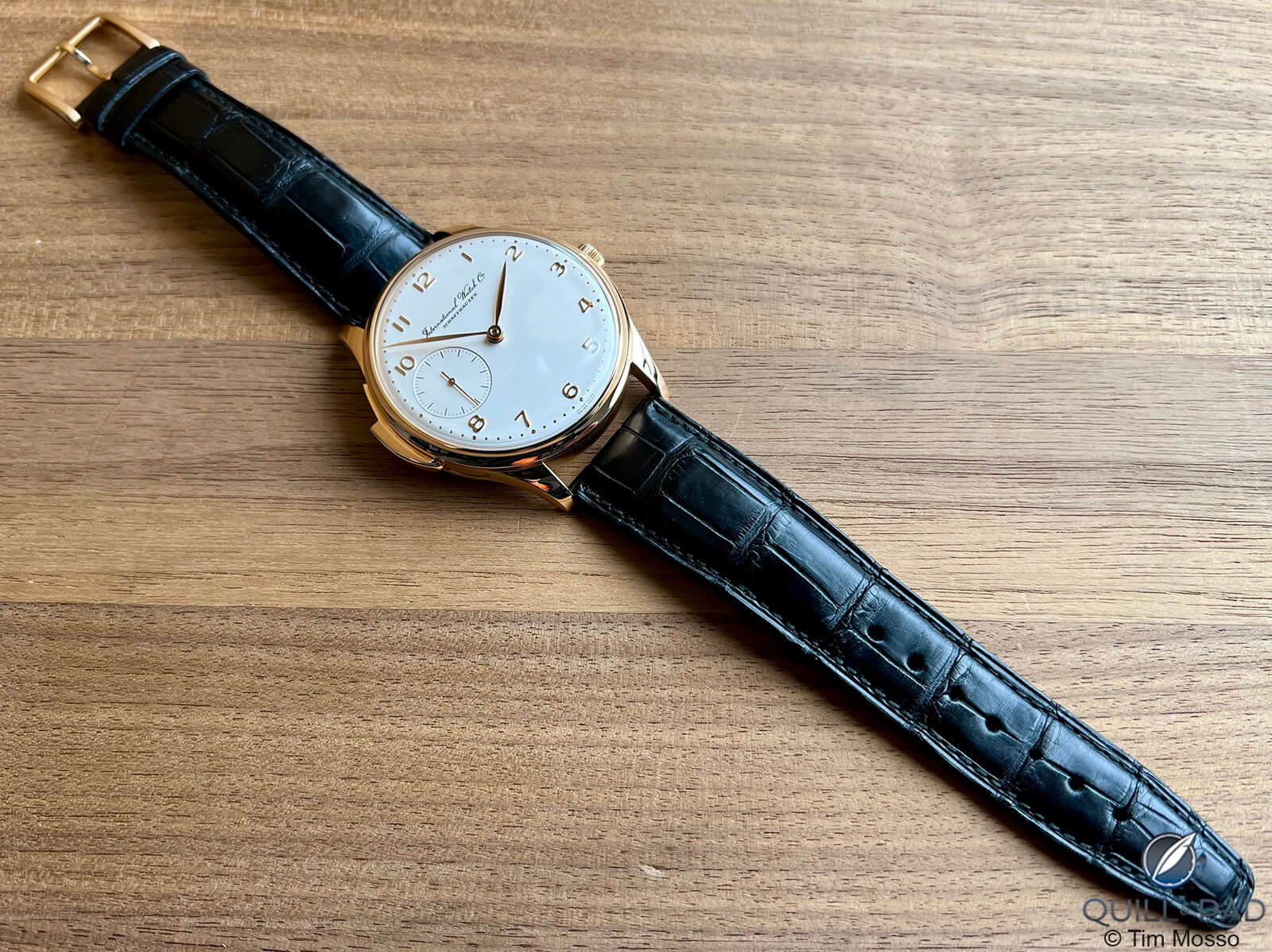
IWC Portugieser Minute Repeater
But a minute repeating Portugieser was another matter. Reference 5240 hit the ground running in 1995 and didn’t stop until a lightly facelifted successor bowed in 2005. With comparatively blue-collar running gear and high cumulative production numbers, IWC unwittingly created one of the most accessible modern entries to the exclusive club of repeater owners.
—————————————————————————————————–
—————————————————————————————————–
Reference 5240’s aesthetic strength draws from its strong resemblance to the modern classic 5441 of 1993. Few compromises are made to accommodate the repeating module, and the watch looks formidable.
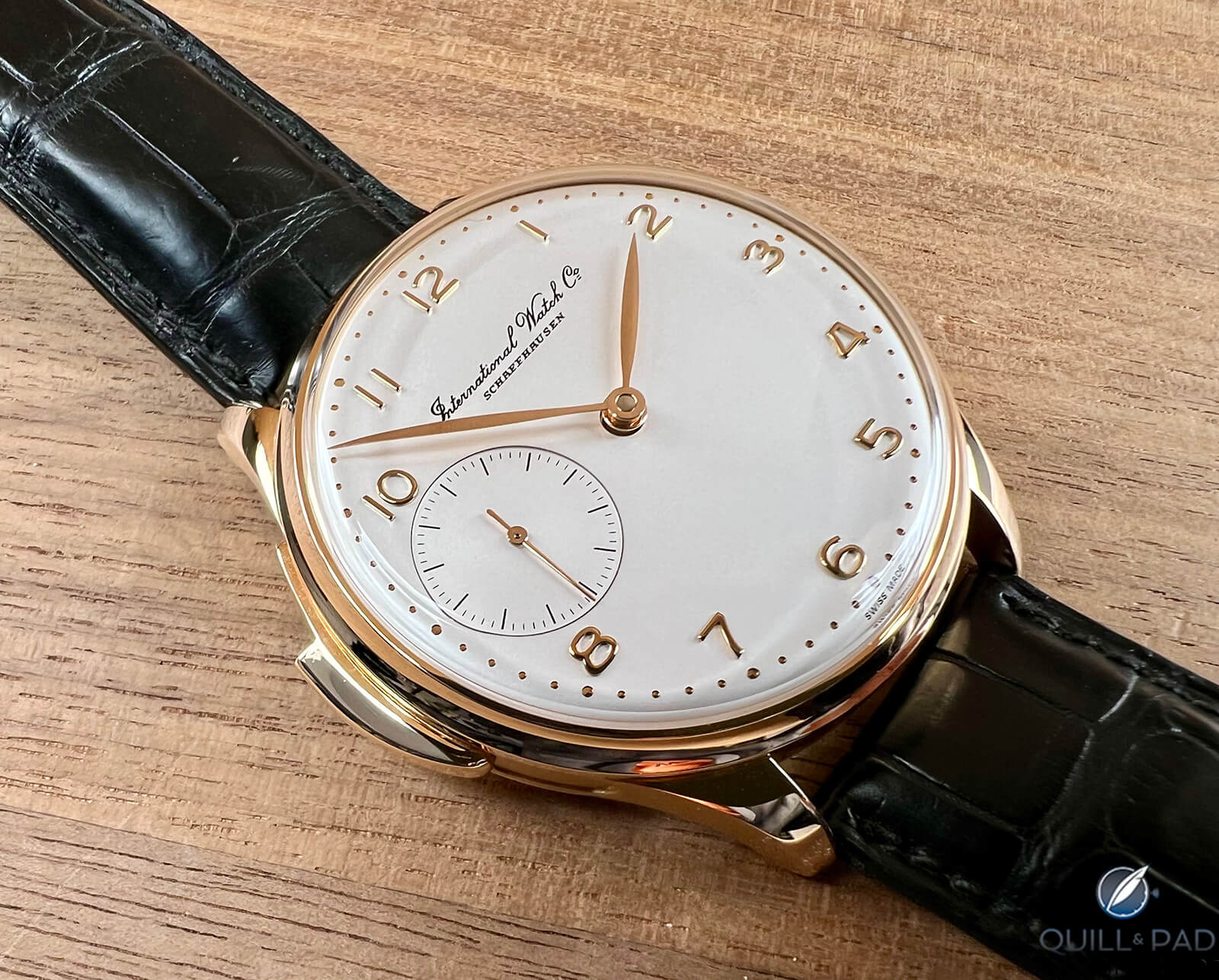
IWC Portugieser Minute Repeater
Externally, the watch measures 43mm – only one more than the anniversary reference. Lugs, case, bezel and dial change precious little – only the migration of the seconds hand to nine o’clock and repeater slide betray the change in running gear.
Classical Portugieser cues such as integrated lugs, a narrow caseband, small seconds, leaf hands, dimple minutes, and Arabic numerals keep the bloodline pure.
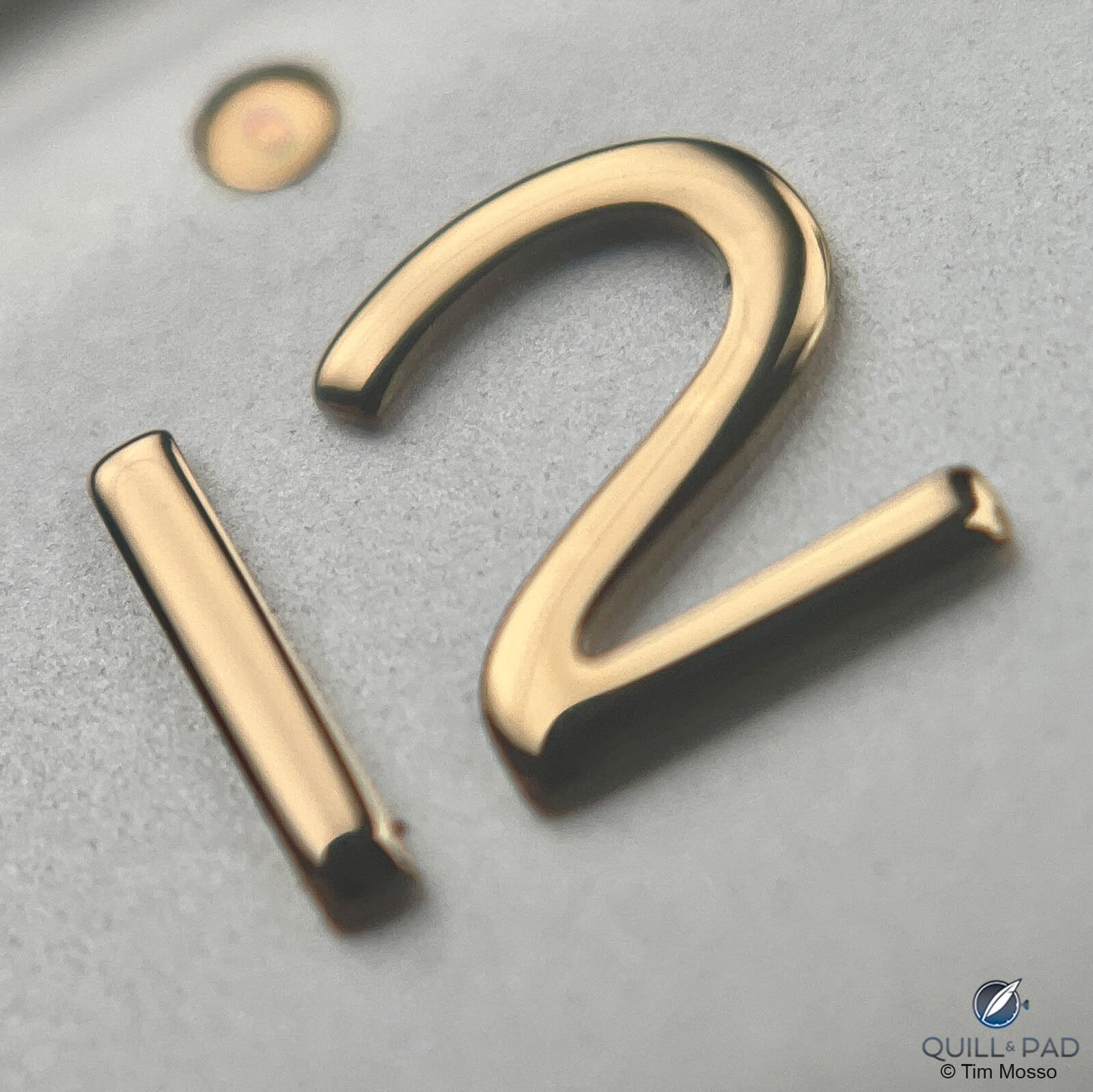
Applied Arabic numerals on the IWC Portugieser Minute Repeater
As for the “International Watch Co.” dial stamp, it feels impossibly retro when viewed through the lens of 2024 IWC design. Although printed in the 1990s, it feels more distant – 1890s, perhaps. This nostalgic logo is both missed and mourned.
Although thicker than the 5441, reference 5240 does a good job of disguising it. Due to the modular nature of the minute repeater, the dial and its hands sit elevated above the rack, snail, strike barrel, gongs, strikers, and governor.
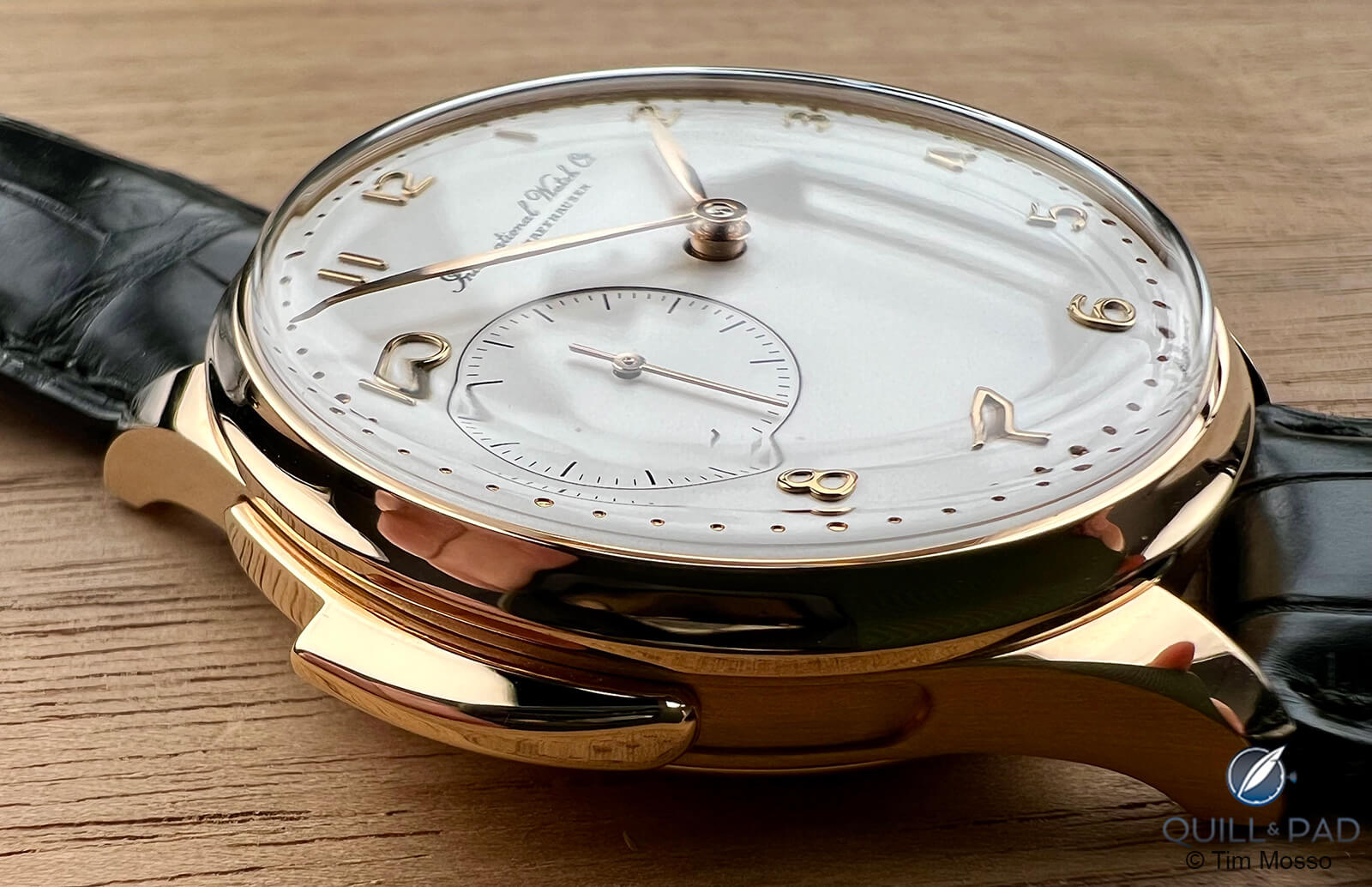
IWC Portugieser Minute Repeater
However, IWC mostly cloaks this bloat under a domed dial that’s capped with a huge, vaulted Plexiglas crystal; the case itself stays slim. This is only obvious when viewed in profile. IWC watchmakers added a taller cannon pinion and hour wheels to permit the minute and hour hands, respectively, to clear the dial.
—————————————————————————————————–
—————————————————————————————————–
Fans of IWC pocket watches and Portugieser traditionalists will be thrilled to find the pocket watch-derived caliber 95290 on the reverse. However, minute repeater enthusiasts will need to use their imagination to envision the dial side mechanism.

IWC Caliber 9828 powers the Portugieser Minute Repeater
While the 1993 anniversary Portugieser employed caliber 9828, IWC reached back into its history to the slender caliber 95 series to keep the stack height of this watch under 13mm. When combined with the R&P repeater, the combination is roughly the thickness of a Rolex Submariner.

IWS caliber 9828 visible through the display back of the Portugieser Minute Repeater
As a true pocket watch powerplant, the 95290 spans an incredible 37.8mm. All architectural elements are clearly of the pocket watch universe. For example, there’s a crown wheel with a freestanding bridge.
The second wheel of the going train sits dead center and a set of diminishing standalone wheel cocks lead to a balance with a span that’s nearly the radius of the movement. It has a pocket watch heartbeat that ticks at 2.5 Hz/18,000 vibrations per hour, and there’s an overcoil hairspring to make the most of the haute horlogerie five-position adjustment.
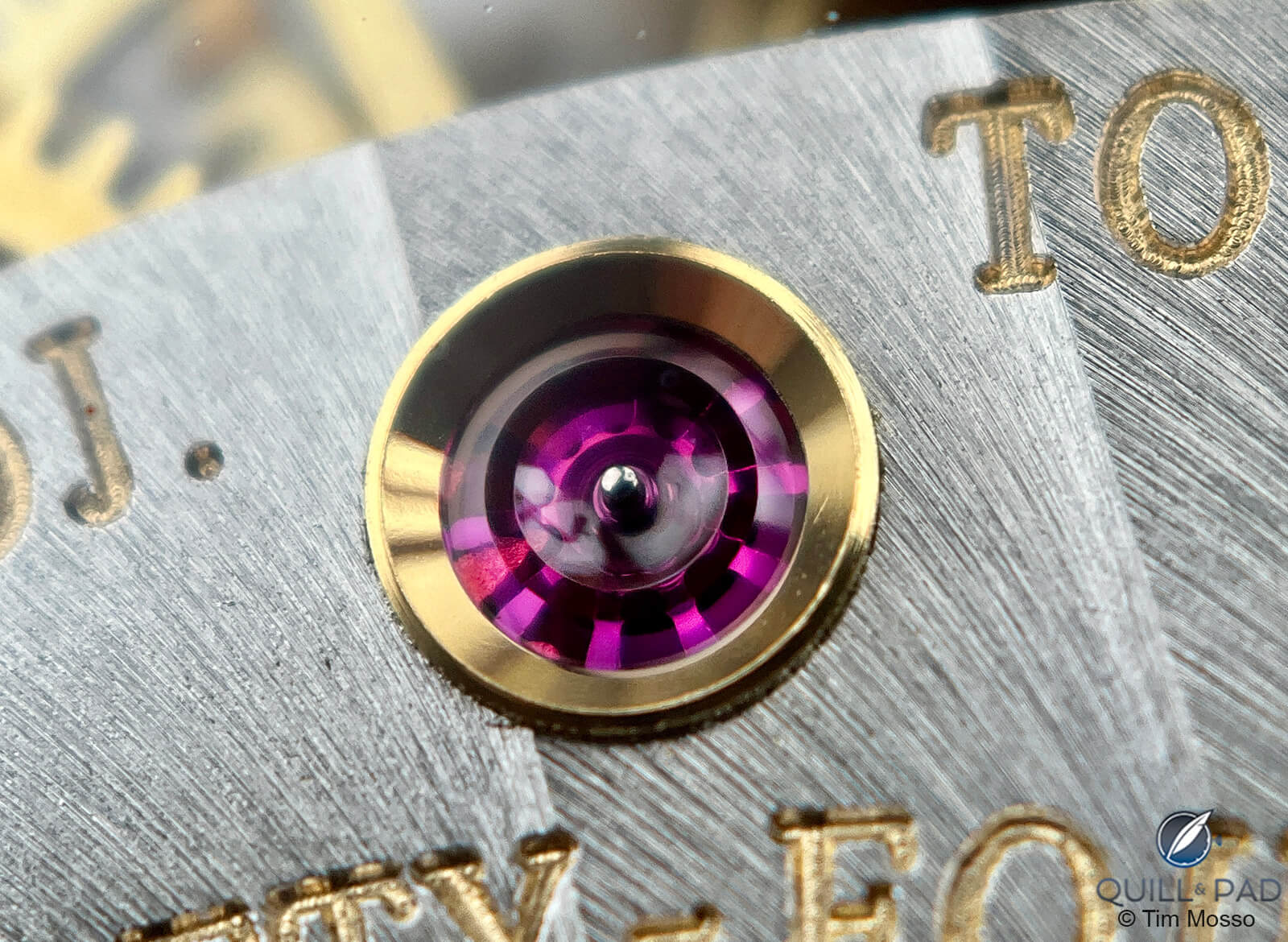
Gold chatons feature thoughout the movement of the Portugieser Minute Repeater
Gold chaton cups pressed into the bridges are nod to vintage jewel setting practice. Surprisingly for such a veteran architecture, there’s an enormous hacking lever that halts the movement for precise setting.
No part of the minute repeater module is visible.
—————————————————————————————————–
—————————————————————————————————–
Finish is more accomplished than a typical 1990s IWC, but this isn’t Holy Trinity-level decoration. Rather, IWC’s clean and composed fashion speaks to a balance of care and practical considerations.
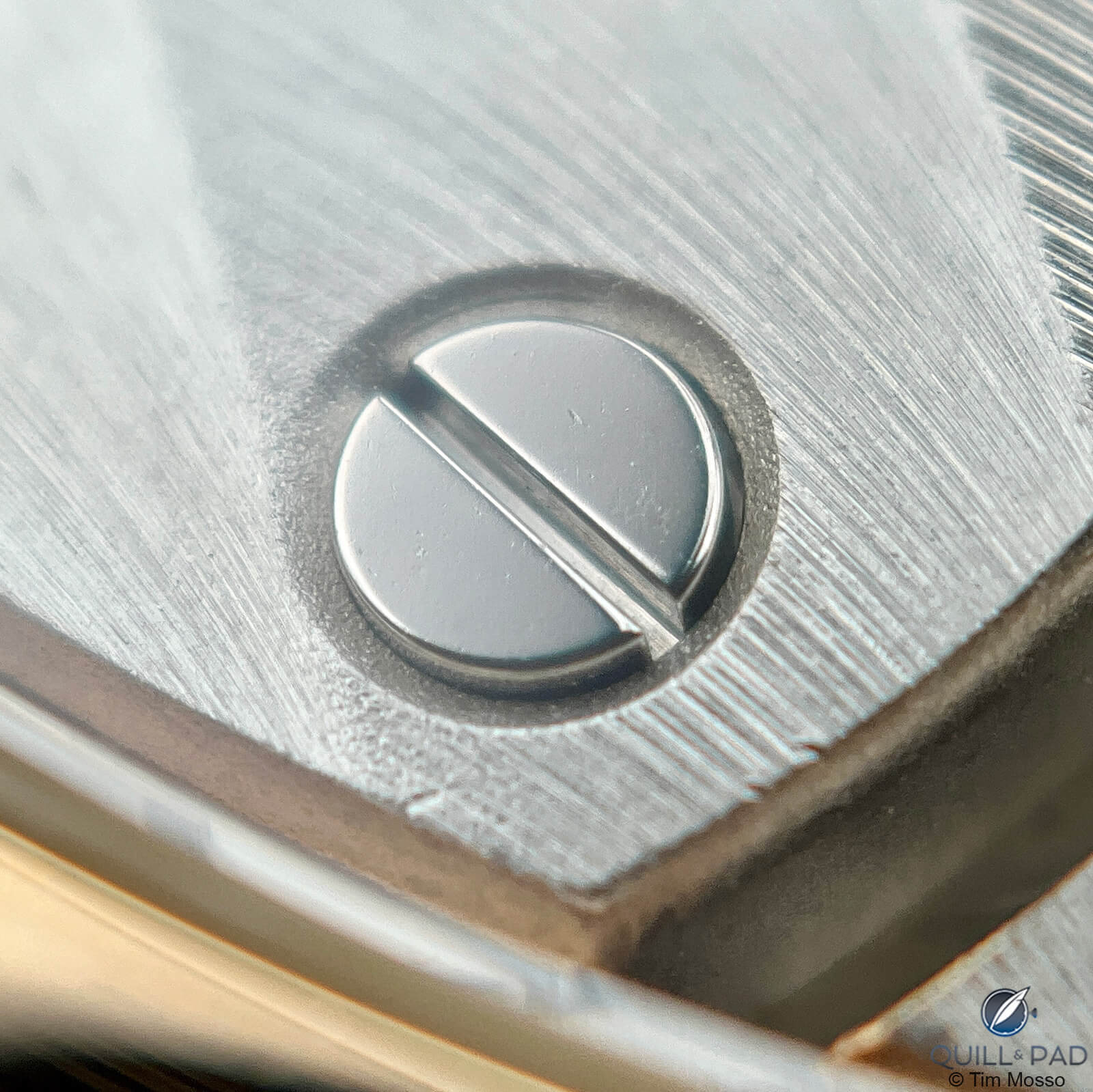
Geneva stripes and polished screws of the Portugieser Minute Repeater
Stripes are nicely grained and feature a clear texture gradient from side to side. Screws are polished well but not elaborately slotted or chamfered. Bridge bevels and wheels sport a frosted texture.

Movement wheels of the Portugieser Minute Repeater
There are no telltale signs of the quick machining on the anglage of the bridges, but the sandpaper-like grain feels like a subtle antique nod rather than a flash of modern decorative bravado.
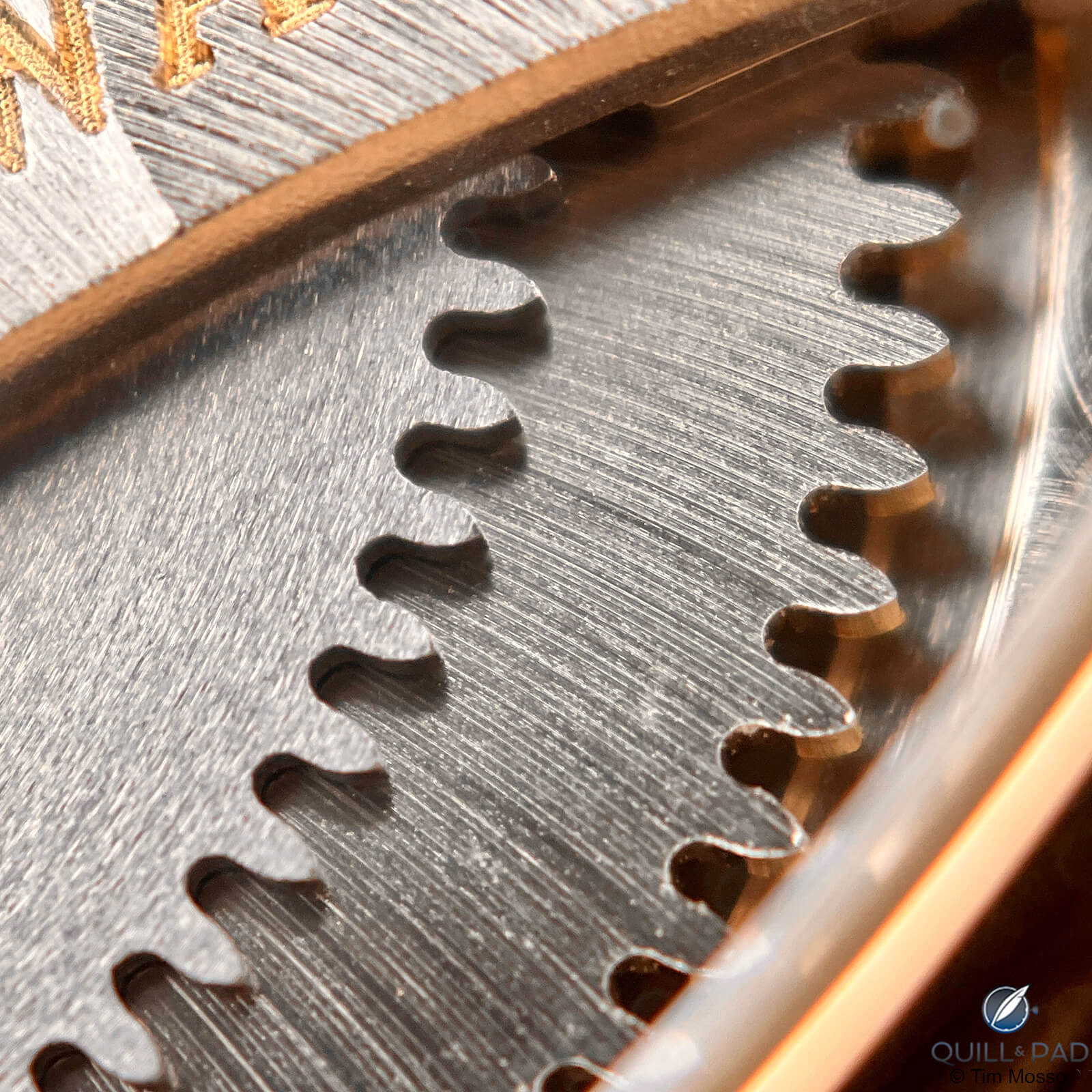
Gearing of the Portugieser Minute Repeater
Highlights of the decoration are several. The stacked ratchet wheel and barrel cover exhibit sharp solarization and snailing, respectively. Center, third, and fourth-wheel bridges each feature a single well-defined crease where bevels converge.
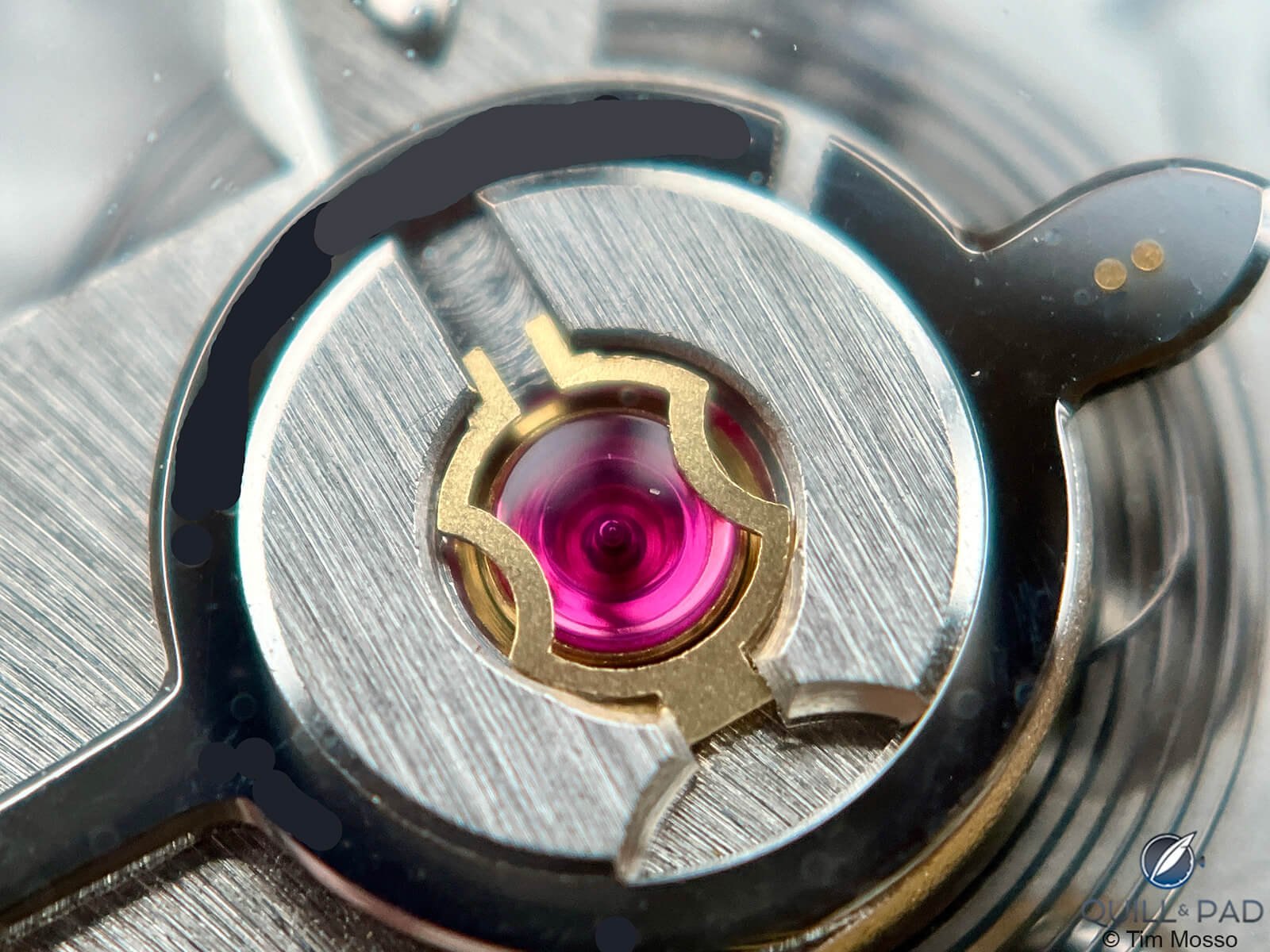
Breguet overcoil hairspring visible on the right of this photo
All chatons are handsome and add lively color to the movement. IWC’s beautifully curved overcoil hairspring is a work of art in itself.
—————————————————————————————————–
—————————————————————————————————–
Sonically, the minute repeater is more charming than vocal. Due to its location under the dial – itself under a thermoplastic crystal – there’s not a ton of volume.
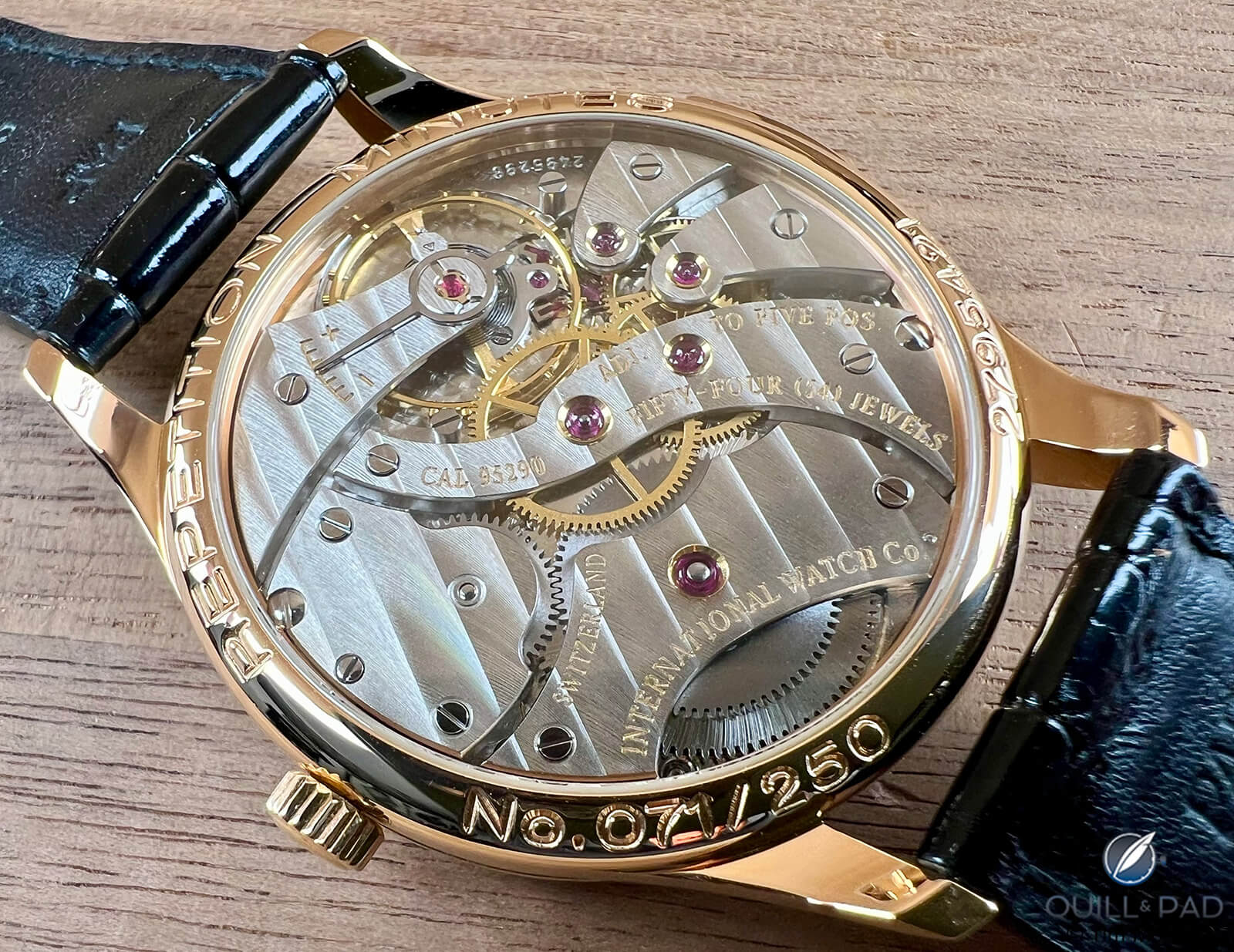
The sound is better from the back of the Portugieser Minute Repeater
The best strategy is to charge the strike barrel and invert the watch; that seems to yield the most audible strike. I found that the caseback sapphire does a better job of transmitting the sound than the dial’s Plexiglas. Strike governance is on the leisurely side, and a maximum chime of 12:59 will command the owner’s attention for a solid 25 seconds.
The tone is lovely and leaves little to be desired; it’s the module’s finest quality.
While split-second chronographs, perpetual calendars, and even tourbillon regulators have become mass-market products accessible for under $10,000 new, full-strike minute repeaters stand alone as the only traditional apex complication that defies industrial production.
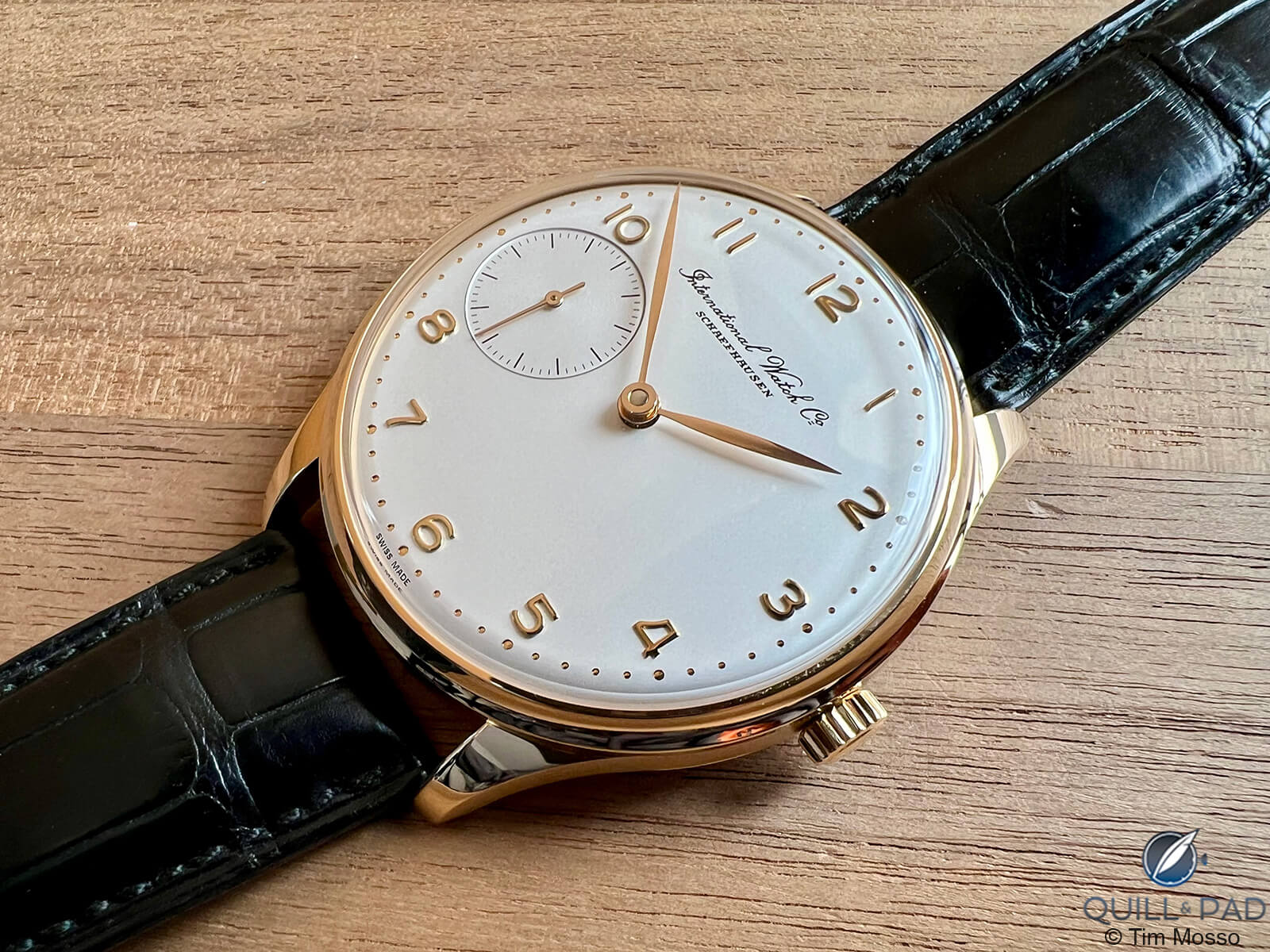
IWC Portugieser Minute Repeater
As of 2024, the Portugieser Minute Repeater is one of the most accessible points of entry to an exclusive club. Examples routinely sell for prices in the low $30,000 range, and there’s almost always a selection from which to choose.
Although thirty grand isn’t pin money, it’s also less than mainstreamers pay daily for steel Rolex Daytonas.
Nobody ever received a Portugieser Minute Repeater for winning a race, and that’s just fine. For the right kind of collector, the PMR is every inch a trophy.
For more information, please visit https://www.iwc.com/fr/en/watch-collections/portugieser/iw544907-portugieser-minute-repeater.html
Quick Facts: IWC Portugieser Minute Repeater
Reference Code: 5240-05
Edition Number: 250 pieces, launched in 1995; other case metals also issued in separate limited editions; all reference 5240 production concluded in 2005.
Functions: Hours, minutes, seconds, minute repeater
Case: Rose gold; 42mm; 12.9mm thick; 51.1mm lug-to-lug; Plexiglas crystal; sapphire caseback with individual numbering
Water resistance: none
Strap: Alligator top, calf leather bottom
Clasp: Rose gold pin buckle
Dial: Matte silver with leaf hands for hours and minutes; lancette small seconds; applied Arabic numerals; dimple-style minute markers
Movement: Caliber 95290; manual 54-hour power reserve; 2.5Hz; overcoil hairspring; adjusted in five positions; 54 jewels; stop seconds; minute repeater on dial side module; 37.8mm diameter
2024 preowned Price: $38,000-$45,000
* Tim Mosso is the media director and watch specialist at The 1916 Company. You can check out their very comprehensive YouTube channel at www.youtube.com/@the1916company
You might also enjoy:
IWC Pilot’s Watch Mark XVIII: Complex Simplicity
A. Lange & Söhne ‘Dufourgraph’ Datograph Reviewed by Tim Mosso
A. Lange & Söhne Richard Lange Tourbillon Pour le Mérite Reviewed by Tim Mosso
MB&F Legacy Machine Perpetual Reviewed by Tim Mosso

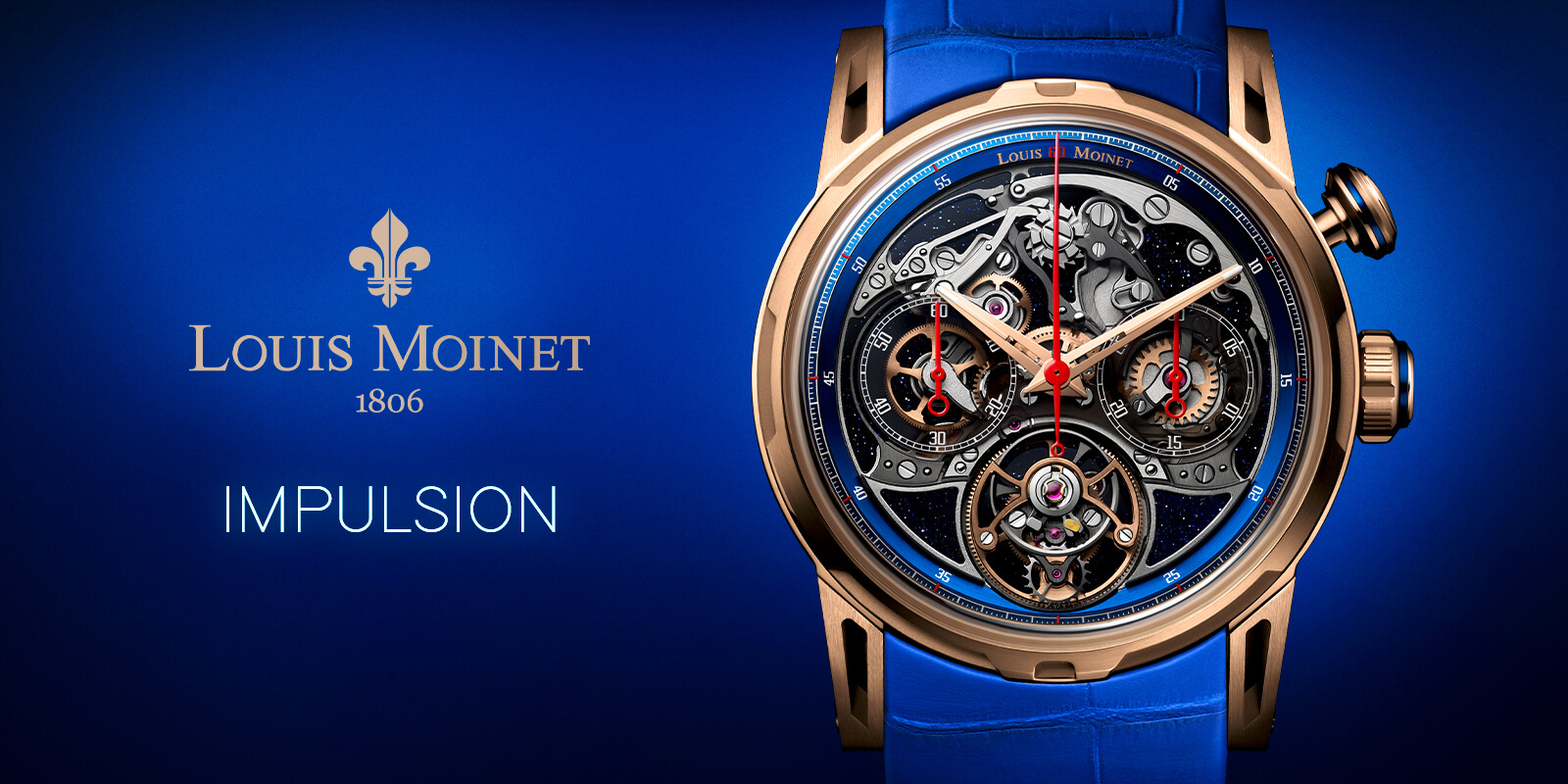
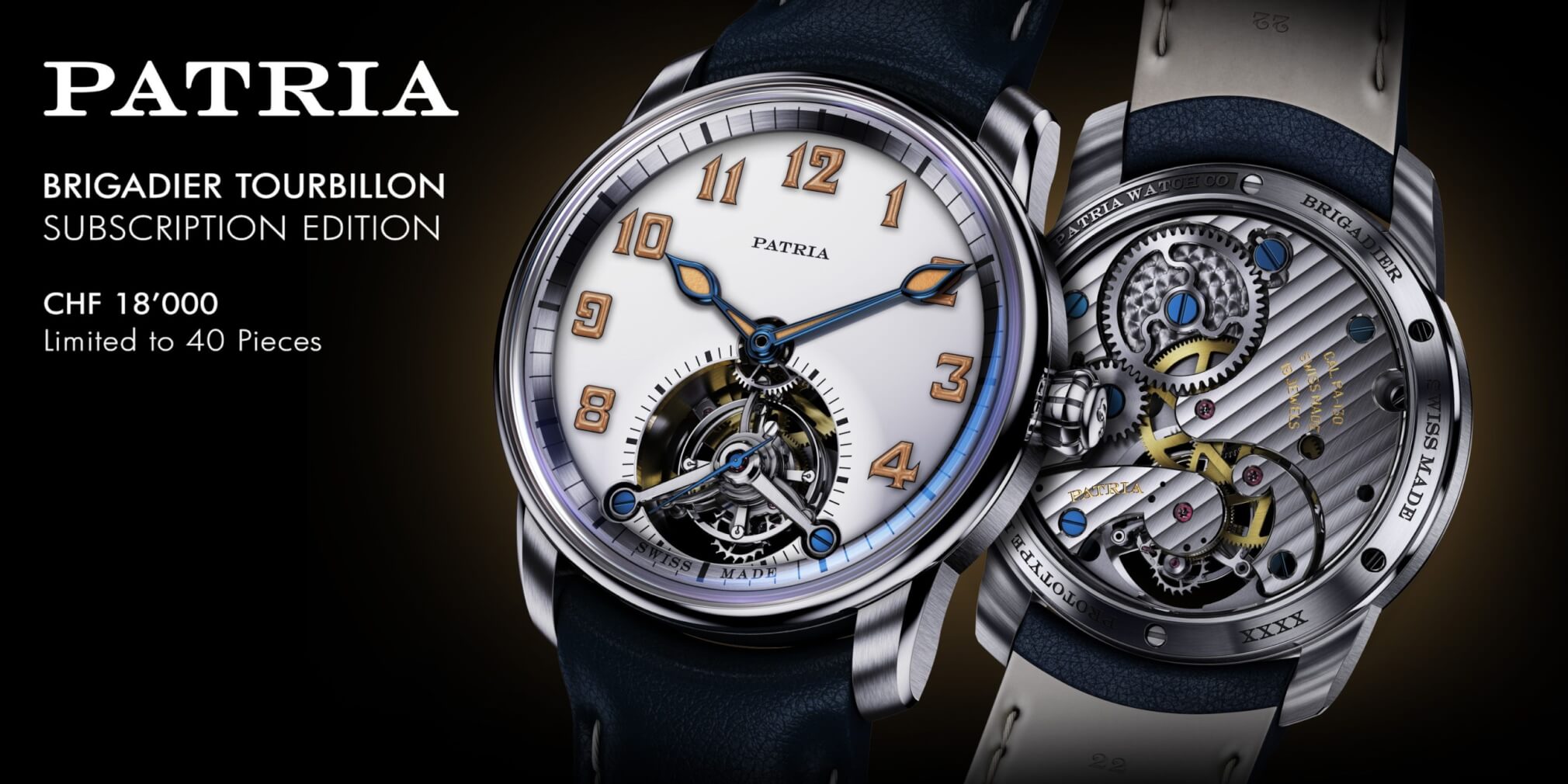


Leave a Reply
Want to join the discussion?Feel free to contribute!